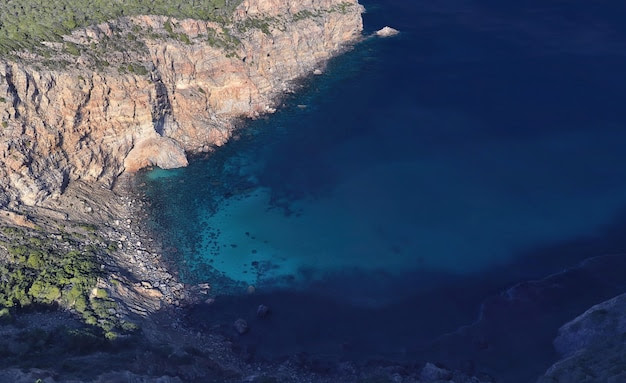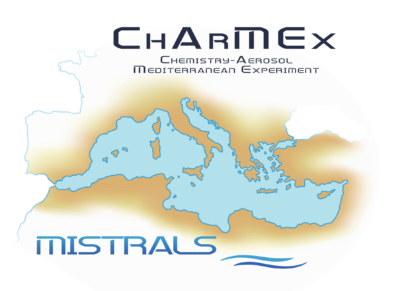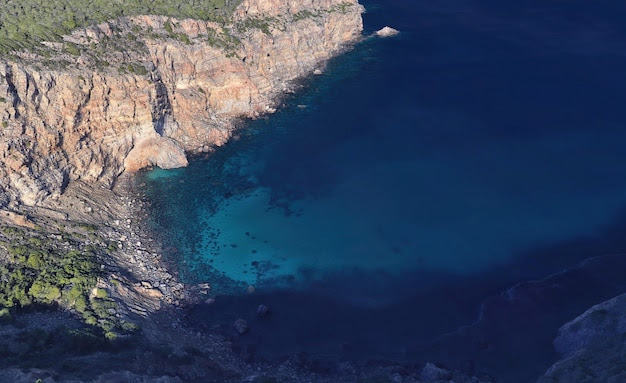
The Mediterranean Sea is the historical cradle of many civilizations, the Mediterranean is a region of major geostrategic interest whose environmental, political and societal stakes are considerable. This is a very vulnerable area, and the future livability of that area could be compromised. One of the main sources of concern is the degradation of air quality and the possible positive feedback of this pollution on the regional climate and vice versa.
In fact, little is known about the fact that the air is often more polluted in the middle of the Mediterranean than in the suburbs of major European cities, especially in summer, the season during which peaks of gaseous and particulate pollution traditionally develop. And if this pollution is partly due to the activity of some 470 million residents, it is mainly an import product.

The reason is simple. Located at the confluence of several natural outfalls that drain air from neighboring continents (Europe to the north and Africa to the south), the Mediterranean is the receptacle of all pollution. These pollutions which converge above the basin, in particular the western basin surrounded on all sides by high reliefs, can be:
– Pollution due to human-caused emissions from the north and discharging into the basin via the large river valleys (Rhône, Po):
– natural pollution from the Sahara in the form of gigantic plumes of desert dust:
– pollution from around the basin and due to forest fires or plant ecosystems that emit organic compounds under the effect of heat and water stress.

In addition, under the effect of the Mediterranean climate, hot, sunny and dry, this pollution will acquire an increased harmfulness due to the formation of ozone and ultrafine dust (in particular organic aerosols called AOS for secondary organic aerosols) may cause respiratory and cardiovascular problems, but also modify the climate by causing more drought: the beginning of a vicious circle.

The ChArMEx programme, which was part of the MISTRALS(Mediterranean integrated studies at regional and local scales) meta-programme, aimed to better characterize air pollution in the Mediterranean basin and its periphery to identify its sources, aggravating factors and environmental consequences in the near and long term.
To this end, the means of measuring the observatories already in place in the Mediterranean have been strengthened, while new observatories have been created, particularly in the western basin where there were none, to monitor long-term changes in atmospheric composition. In parallel, intensive measurement campaigns are organized during the summer (peak pollution season). The 2013 campaign followed a pre-promotion that took place in 2012 and was followed in 2014 by several small campaigns.
This was the first time that scientists, public authorities and industry agreed on a regulatory protocol to protect the environment.





Wow amazing blog layout How long have you been blogging for you made blogging look easy The overall look of your web site is magnificent as well as the content